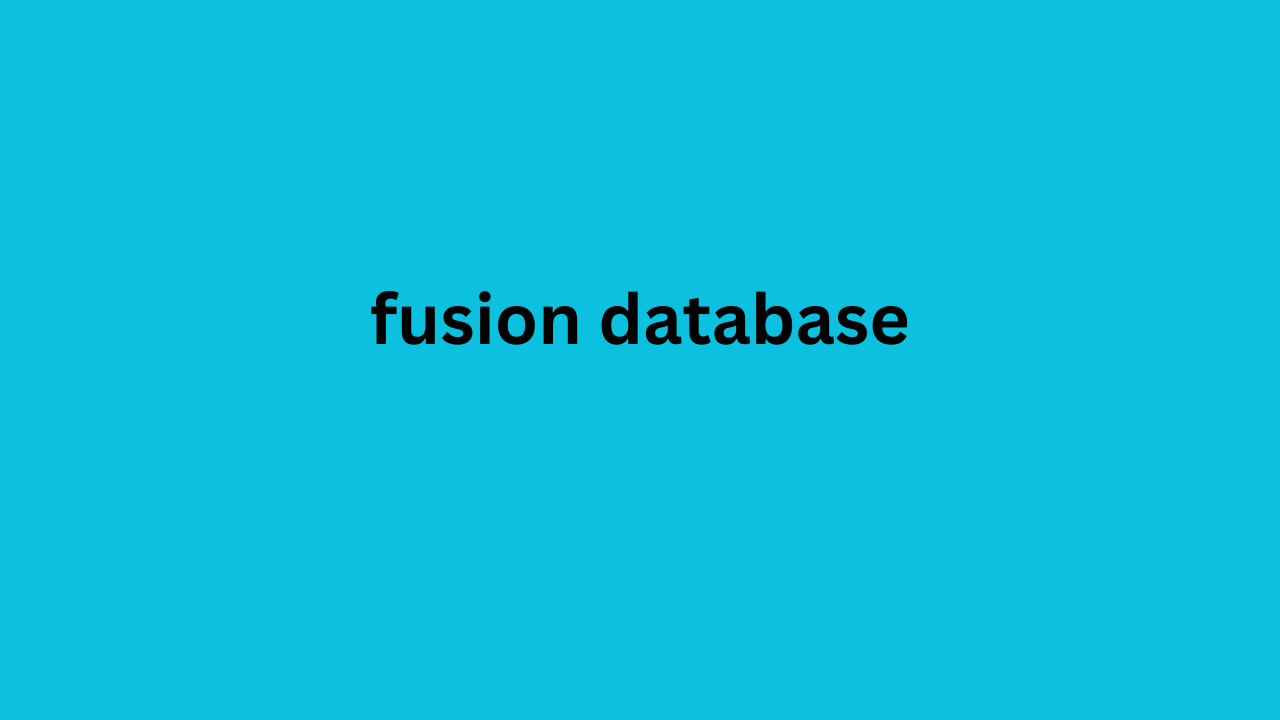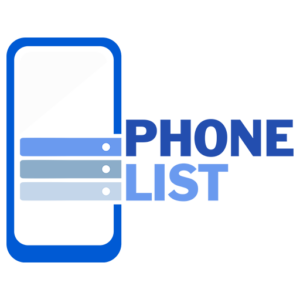Rising traffic costs, banner blindness, and pop capture yoke -up fatigue—if you’re in digital marketing, these challenges are all too familiar to you. As the cost of user acquisition rises, every lead captured matters more than ever, but getting and keeping their attention? That’s the hard part. Relying on ads alone can quickly exhaust your budget, especially when most people scroll past them without a second thought.
A common approach is through lead capture, which is a form that collects information about potential customers that may be valuable. If done correctly, it grabs the attention of visitors and converts them.
In this post, we’ll look at lead capture form examples capture yoke and strategies that highlight organic visitors where every interaction matters. From the right placement of popups and lead capture forms to examples of what makes visitors click “subscribe” or sign up, we’ll explore how to capture leads and turn clicks into conversions.
What is lead capture yoke capture?
Lead capture is the collection of data about visitors who show interest in a product or company, with the potential to become future customers. This could fusion database be an interest in a product feature, a problem expressed through a survey response, or even browsing behavior that indicates purchase intent.
There are several methods of capturing leads, but one of the most common is using a form that allows customers to submit their personal details, such as capture yoke name, address, and contact information. This data allows you to personalize each subsequent interaction, whether it’s a nurturing campaign, a recommendation, or a sales pitch. When done correctly, it’s a way to build and grow your customer base, turning leads into customers, customers into repeat customers, and repeat customers into loyal customers.
A strong lead capture strategy allows you to:
- Fill your sales pipeline with qualified leads
- Grow your email subscriber list
- Identify and qualify high quality prospects
- Personalize your marketing and sales strategies to suit individual needs and create effective email marketing campaigns
This ultimately helps you gain more customers.
Benefits of Lead Generation
Increased conversion rates, lower customer acquisition costs, and a more loyal customer base—effective lead capture delivers all of this and more. So, what exactly do you get when you create an effective lead capture strategy?
Increased conversion rates and reduced customer acquisition costs
When you focus on capturing qualified leads, you attract people who are genuinely interested, making them much more likely to convert. With each high-quality lead, your conversion rate increases and your customer acquisition cost decreases because you’re no longer wasting resources.
Better targeted marketing efforts
A solid approach to lead capture gives you a richer database. And with better data, your marketing can be more targeted. Instead of broad messages, you reach out to people who are already a good fit, making your efforts more relevant and increasing your chances of engaging them.
High ROI and lower advertising costs
By capturing the right leads, you can direct your budget to potential customers who are more likely to make a purchase. Ultimately, you’ll get a higher ROI from your campaigns and more efficient spend.
Increase customer retention and loyalty
When people are a good fit for your product from the start, they are more likely to stay, engage with your product, and remain committed. And with stronger retention, you extract more value from each customer over time.
1. Define your goals
While the primary goal of most lead captures is to gather information about potential sales, it’s helpful to set a more specific goal capture yoke when designing your lead capture. Since there are many ways to use the information you gather, having a clear goal in mind helps guide its design and ensures that you include all the necessary details to achieve your goal.
For example, you might create a lead capture with the goal of getting a certain number of sales for a specific product or increasing the amount of traffic to your company’s website. Both goals are specific and achievable, while still supporting the primary webmaster reports on traffic goal of generating valuable sales leads.
2. Define your lead capture yoke generation offer
The lead generation offer is the key element that draws attention to your lead capture. Offers often highlight product benefits, ask thought-provoking questions, or encourage users to engage with your site. Creating an effective lead capture offer also starts with accurately segmenting and targeting your leads. By understanding the different types of leads, you can personalize your messages to better match them, increasing conversions and making your lead generation forms more effective.
For example, hot leads are your potential customers who are almost ready to buy. When creating lead capture forms for them, consider adding urgency with uk data limited-time offers or gamification. For example, a pop-up with a countdown timer for a special discount can inspire them to act quickly — who can resist a great deal that won’t last forever?
Use this template
Next up, we have warm leads. They’re interested, but they need a little nudge. Lead capture popups for this group should provide value to encourage them to take action. Offer personalized content and focus on your value proposition, such as offering a downloadable resource or free tutorial based on their previous interactions. This approach keeps your brand in their minds and moves them smoothly down the sales funnel.







